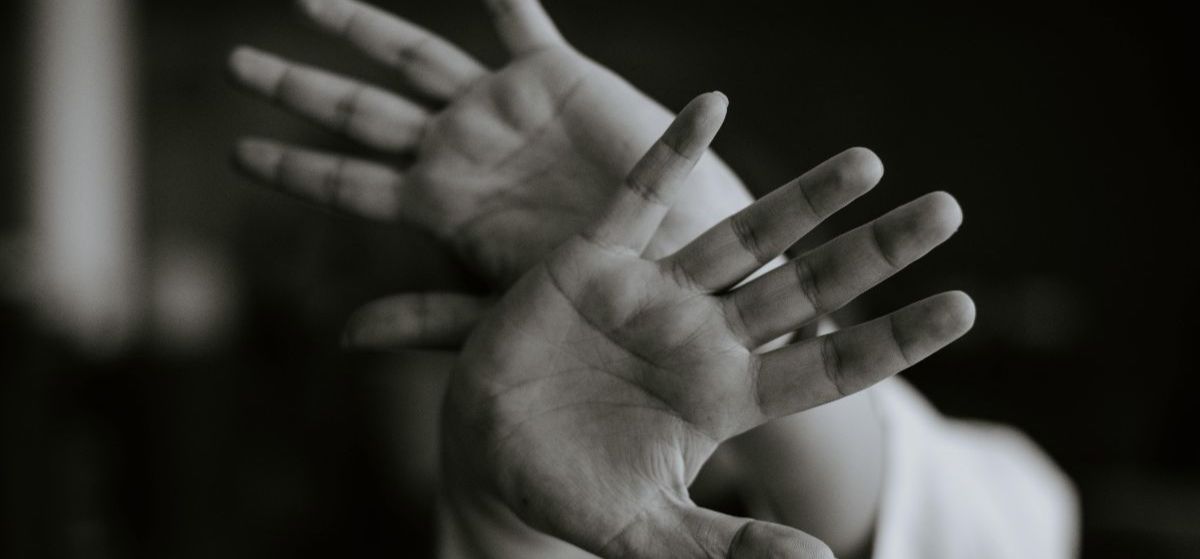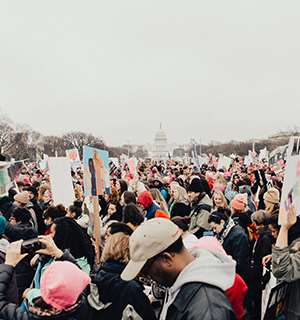
Fear and Consumer Behavior
Marketing to generational wants and needs is an ever-changing process, with trends emerging around every corner. Regardless of age, technology is no longer thought of as being a separate part of life—it IS life, so brands need to offer experiences that are The consumer space is shifting, and it’s happening faster than ever—especially in the face of recent events surrounding the novel coronavirus. It seems the only thing we can count on is constant change, whether there is a global pandemic or not. In this fast-paced world, brands need to stay in tune with more than just attitudes, values, and hopes of target audiences—they now need to focus on fears. Fear is such a powerful driver of consumer behavior that we need to fully understand it in order to meet the needs that arise from it. So far we’ve seen some major themes taking over in the new decade—and in recent weeks—and some key questions that brands must ask themselves as they explore these consumer fears.

Global Epidemics
Pandemics are as old as time itself, but in today’s age of information overload and world travel, fear of a global health outbreak, such as COVID-19, takes on a new urgency. People will look to—and demand—technological innovation in the healthcare and travel industries to protect them and keep them safe. And this even touches high fashion, with face masks becoming part of the recent Paris Fashion show. This demand for innovation for better personal health and protection spans from the world at large to inside the individual household. Even if a brand isn’t involved in healthcare or travel, brands can still share their understanding and support of world events and global epidemics that may be striking fear in the hearts of their consumers.
Key Question for Brands: How are you keeping on top of world events that may be affecting your consumers? How are you staying relevant in the lives of your consumer?

Centennials or Generation Z (Born 2000-2012)
The ethnically and racially diverse Gen Z has grown up with social media and have never lived a minute without mobile devices and technological connectivity. Like their Gen X parents, they care deeply about social responsibility and how brands meet their commitments to doing good in the world. Also known as “digital natives”, they are completely comfortable with digital interfaces in physical storefronts.
Brand Tip: Begin to develop the highly personalized and targeted experiences this generation expects.

Family Health
While we certainly want to keep our families safe from global epidemics, consumers are also looking for options to help assuage their day-to-day fears of bringing toxins or other harmful chemicals into their households. We’ve seen a rise in organic cleaning supplies, organic mattress companies, no VOC interior paint options, packaging in glass or stainless steel instead of plastics, and so forth. These shifts are driven in part by consumer demands for healthy options and in part by rising sustainability concerns.
Key Question for Brands: If you are producing products, are you being honest about what’s in them? How can you support and inform your consumer to make better choices?

Climate Change
The majority of U.S. adults feel that climate change is the most important issue in today’s world and have deep-seated fears about the future of the planet. This has a wide-reaching effect on how brands present not only their values and beliefs, but their products. We see more and more companies moving toward recyclable packaging, sustainable manufacturing and reducing use of plastics. Many consumers are demanding that brands lower their carbon footprint on all fronts in response to fear of environmental impacts, and our future.
Key Question for Brands: What is your brand’s impact on the environment? What is your footprint and how are you communicating it?

Polarization
Whether you believe in climate change or not, polarization itself is causing worry among consumers. From our government parties, to interest groups, many consumers are looking for ways to make their individual voices heard—and loudly—creating vastly different opinions on everything from the environment, to politics, to world issues. There is a fear that this polarization will lead to an inability of leaders to take action. Because of this fear of an inability to take action, consumers are looking to brands to amplify their individual power and are aligning with (and shopping) brands that share their personal philosophy. In a time when massive amounts of information are easy to come by, brands must have a clear mission in place, communicate it, and truly understand their target groups in order to drive messaging and garner alignment.
Key Question for Brands: What is your philosophy and how can you better communicate it to your consumer?
Want to learn more about how consumer fear is impacting your business?
Reach out to us!
The Symbiotic Relationship Between Brands and Media
Check out our recent article on how brands can best capitalize on pop culture trends to stay relevant to consumers!
READ NOW
Copyright © 2020 Big Squirrel, All rights reserved.
